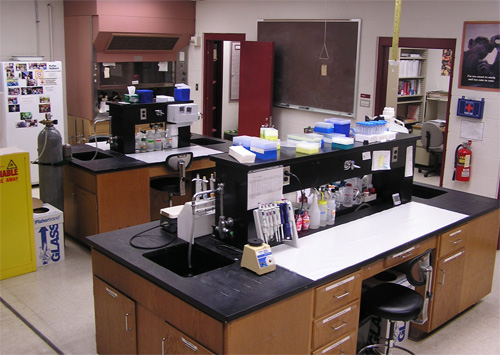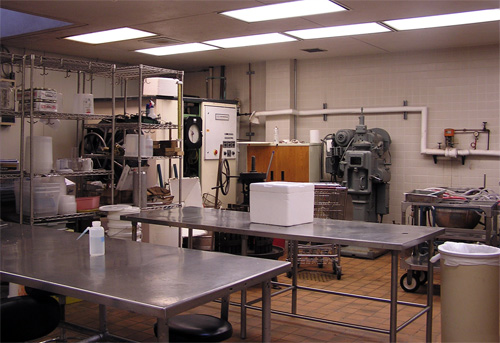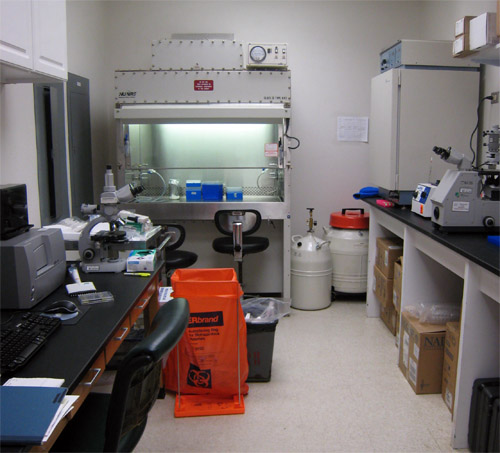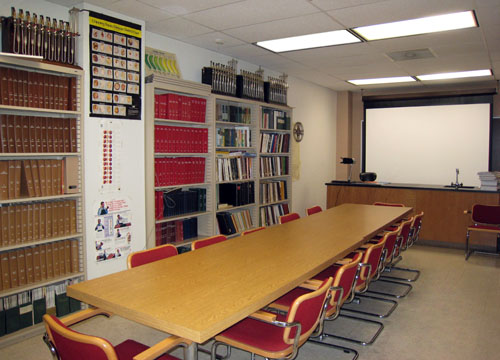The mission of our research program at the Plant Bioactives & Bioprocessing Research Laboratory of Texas A&M Univeristy is to generate information that can benefit the agriculture and processing industry by adding value to crops through bioactive compound discovery and the design of appropriate methods to enhance their content in plants as well as extend their post-harvest shelf-life.
Our research activities include two main areas; In our first research area, we focus on bioactive compound discovery from different plant sources including fruits, grains, vegetables and herbs using an array of assays screening for specific health properties related to cancer inhibition, cardiovascular, obesity, antimicrobials, antioxidant among others. We screen plants, identify compounds, study
the mechanism of inhibition or activity, study extraction methods and stability properties. Our bioactive compound discovery work has the potential to provide value-added to a diverse range of crops (novel crops from germplasm in Brazil, Peru and Mexico, crops from breeding programs in the U.S. and commercial lines) and the possibility to reach markets and processors such as the food industry, dietary supplements, cosmetics, pharma-ceutical and agrochemical.
In a second research area, we study the biosynthesis of selected secondary metabolites (specific phenolics, terpenoids, others) of potential use for their unique functional and bioactive properties under pre- and post-harvest stresses (wounding, gas composition, UV light, chemical elicitors, others). Studies include compound identification, the key enzymes of the metabolic pathways, and the signaling molecules involved. In addition, we study and design strategies to extend the shelf-life of fresh produce while enhancing the health related properties of fruits and vegetables. For this purpose we use combinations of abiotic stresses to design appropriate technologies.
These two research areas are divided into four research lines:
- The mechanism and use of abiotic stresses to induce the synthesis of health promoting compounds
- To identify plant secondary metabolites and characterize their functional and bioactive properties
- Develop pre- and post-harvest technologies to ensure quality and safety
- To understand the effects of various processing operations on nutraceutical
stability in foods
Chemistry and Separations Lab
We prepare samples and separate different chemical compouds in this lab. We perform chemical and physiological analysis, as well as quality analysis. These labs are located in Room 131 and Room 504 of the Horticulture and Forest Science Building.

Equipment:
- Automatic Titrator
- Columns and fraction collectors
- Flowboard respirometers
- Gas Chromatography with FID detector
- Gas Chromatography with TCD detector
- HP Diode Array Spectrophotometer
- HPLCs with UV/VIS, refractive index, fluorescence, PDA and electrochemical detector Centrifuge, Refractometer, pH-meters, texture analyser, tissuemizers
- Hunter LAB chromameter
- Minolta Chromameter for solids and liquids
- Ovens – Vacuum oven
- Oxygen and carbon dioxide analyzer
- Plate readers with absorbance, fluorescence and luminescence detector
- Rotavapor
- Thermo Finnigan Ion Trap Mass Spectrophotometer
- Ultralow freezers (-20°C, -30°C, and -80°C)
- Vacuum concentrator
Fruits and Vegetables Processing Lab
This lab is for teaching, research, and industry service. We process post-harvest products through various means. This lab is located in Room 130 of the Horticulture and Forest Science Building.

Equipment:
- Cabinet drier
- Cold rooms (0-35°C, -10°C)
- Freeze-drier
- Homogenizer
- Pasteurizer
- Pulper
- Retort
- RO-UF unit
- Seaming machine
- Steam-blancher
- Steam kettle
Bioactivity Lab
This lab is for conducting bioactivity compound discovery using an array of assays including cancer, antimutagenic, antioxidant, antimicrobial, cardio, and others. This lab is located in Room 131AB of the Horticulture and Forest Science Building.

Equipment:
- CO2Incubator
- Class II Safety Cabinet with UV light
- Liquid nitrogen tanks
- Plate reader
- Microscopes
Osborn Library and Conference Room
This room is for research, weekly meetings, presentations, and discussions. It also contains a collection encyclopedias, journals, and other reference materials pertaining to food science. This is located in Room 131A of the Horticulture and Forest Science Building.
